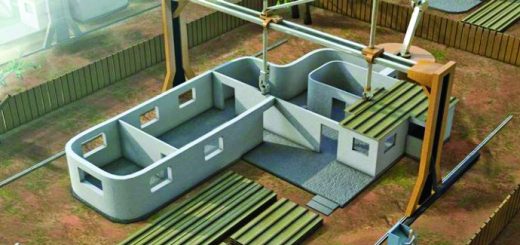Scientists Discover The First True Millipede
The millipedes we’ve known have been a lie. The Latin name for these arthropods implies an impressive set of 1,000 feet. Yet no millipede had ever been found with more than 750. Until now.
This first millipede to live up to its name tunnels through deep soil using 1,306 little legs. In fact, it’s the leggiest creature ever known to crawl the Earth. Scientists discovered it living beneath semi-arid scrubland in Western Australia. They described the newfound species December 16 in Scientific Reports and named it Eumillipes persephone. Why? In Greek mythology, Persephone (Per-SEF-uh-nee) was queen of the underworld.
Researchers dropped cups baited with leaf litter into drill holes used for mineral prospecting. Each hole was up to 60 meters (197 feet) deep. The leafy bits of bait nabbed a group of eight curiously long, threadlike millipedes from the soil. They were unlike any species known. These creatures were later sent to entomologist Paul Marek at Virginia Tech in Blacksburg for a closer look.
Millipedes have been around for more than 400 million years. In the distant past, some of them grew up to two-meters (6.6-feet) long. The new species is far smaller, only about as long as a credit card or four small paper clips placed end to end.
Each of the tiny animals are pale and cream-colored. Their heads are shaped like drill bits and lack eyes. Massive antennae help these creatures find their way about a dark world. These last three traits point to a subterranean lifestyle, Marek says. While inspecting one female under a microscope, he realized she was truly special, he recalls of the 95 millimeter (3.7 inch) specimen. “I was like, ‘Oh my god, this has more than 1,000 legs.’”
She had 1,306 tiny feet, or nearly twice as many as the previous record-holder. “It’s pretty astounding,” Marek says. Their bodies each contained a super-large number of segments. One female had 330 of them.
The researchers suspect E. persephone’s long, leg-packed body helps it tunnel through soil in up to eight different directions at once. It’s sort of like a tangled strand of mobile pasta. “We suspect it feeds on fungi,” Marek says. Which types of fungi live in these deep, dark soils is not known.
While E. persephone still holds many secrets, Marek is sure of one thing: “Textbooks are going to have to be changed.” He says that their mention of millipedes will no longer require the line that technically, their name is a misnomer. At long last, he notes: “We finally have a real millipede.”















Recent Comments